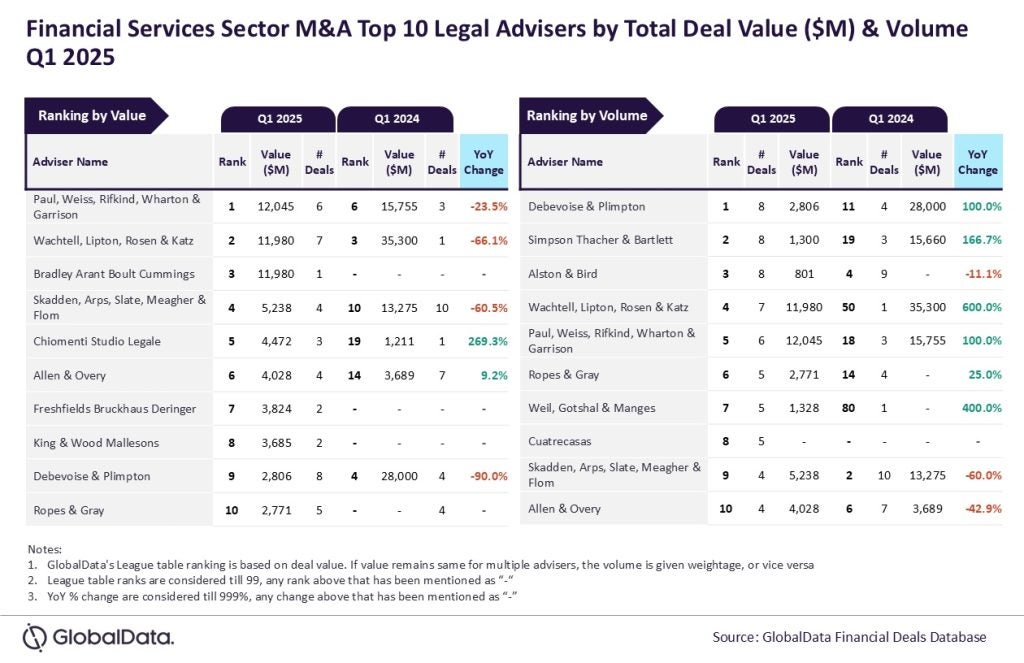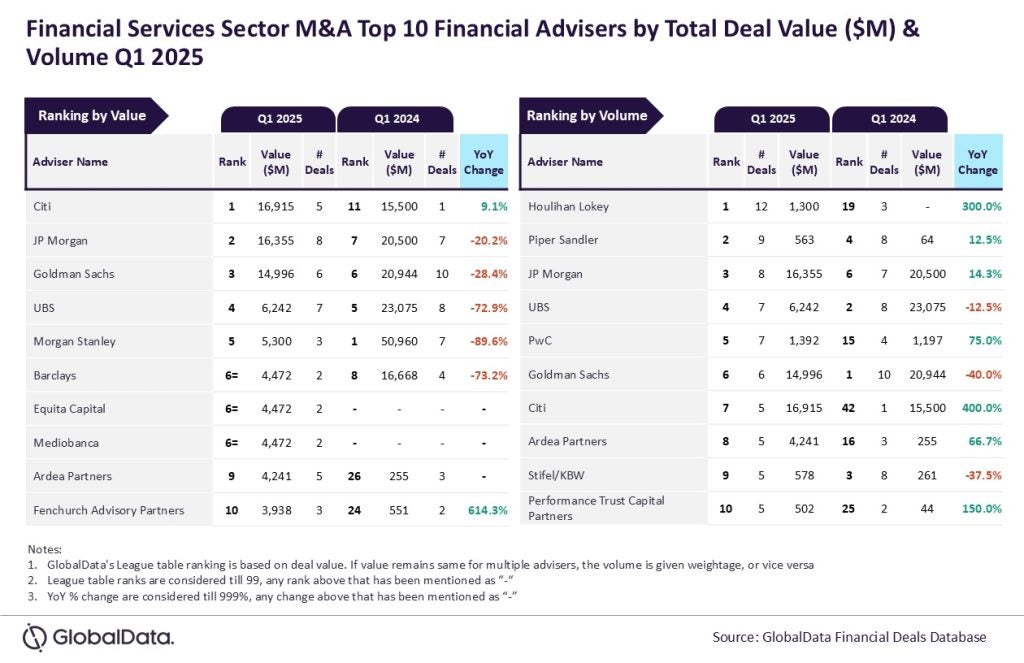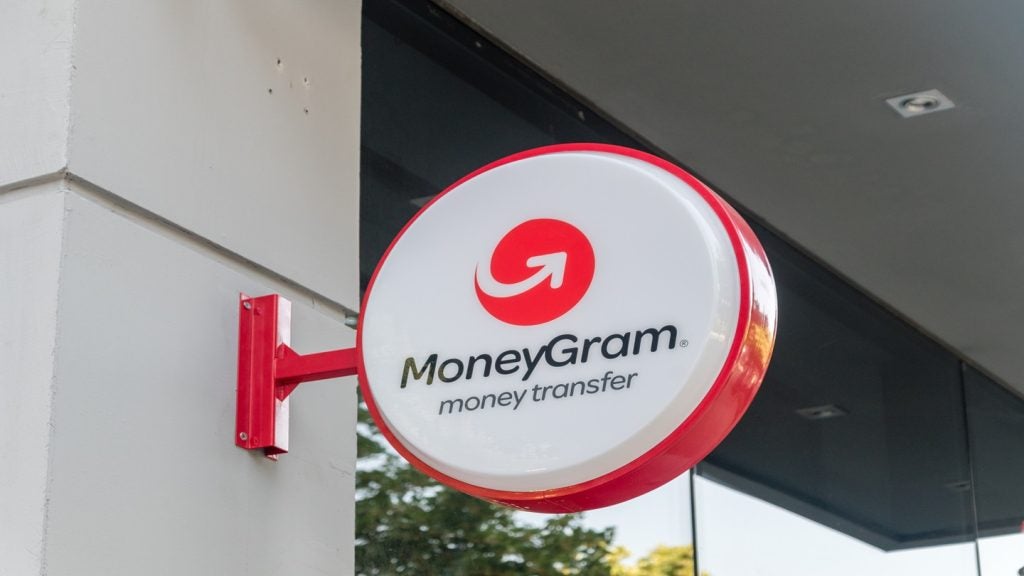According to business advisory firm BDO LLP, lending by UK challengers has more than doubled in the last five years to record high of £115bn ($150bn).
BDO’s research shows that lending to customers increased in each of the last seven years. However, last year lending by challengers rose by only 3%, the slowest annual growth rate since 2012/13.
BDO suggests this slowdown could be due to economic uncertainty in the UK as a result of Brexit. In addition, banks may be considering their risk appetites under current market conditions.
Leigh Treacy, Head of Financial Services Advisory at BDO, said: “Considering the huge challenges and costs of setting up a bank from scratch, challenger banks have done a great job. They have exceeded the expectations of many commentators, and delivered lending to borrowers who were hit hard by the credit crunch.
“However, Brexit uncertainty and economic slowdown seems to be causing some of these banks to slow down their lending growth.”
BDO’s definition of challenger banks is: new banks launched since the credit crunch (including where banking licences have changed).

US Tariffs are shifting - will you react or anticipate?
Don’t let policy changes catch you off guard. Stay proactive with real-time data and expert analysis.
By GlobalDataThe challenger banks included in the study were: Atom Bank, Monzo, Starling, Charter Court Financial Services Limited, Focus, OakNorth, Metro Bank, Virgin Money, Tandem, Clysedale, Chetwood Financial Limited, Masthaven Bank, OneSavings, Paragon Bank, Shawbrook, Hampden & Co, PCF Bank, Redwood Band, Aldermore, and Cambridge and countries.
Challenger benefits
Challenger banks have argued that the benefits of their approach include building new IT systems not reliant on legacy software.
Additionally, they believe they are not affected by mis-selling scandals that affect many high street banks. Challengers also argue that they are free from bureaucratic, limited and inflexible processes used by incumbents to make lending decisions.
Treacy added: “Challenger banks’ use of disruptive technology and improving customer service has helped them quickly acquire new customers. Some of the UK’s traditional banks have been slow to catch up.
“Many SMEs struggled to secure funding after the credit crunch as larger banks reduced their exposure to riskier loans. Individuals with near prime credit ratings also struggled to secure mortgages.
“However, challenger banks have proven over the last decade to be a critical source of funding for many entrepreneurs. They have also supported many customers by offering easier access to mortgages to help finance home purchases.”
Good opportunity
Speaking on the study, Ian Bradbury, CTO for Financial Services, Fujitsu UK, argues that lending provides good opportunities for challengers.
He said: “Challenger banks have shaken the banking industry over the past few years. And with lending to customers reaching new heights, they are set to further disrupt the traditional banks moving forward. However, as their customer base continues to grow, it is important that digital banks invest in building trust with users.
“In fact, our research found that two-fifths (40%) of the public do not trust challenger banks at all, so the ability and willingness to lend is a great way to prove to customers that they can operate in a safe and trustworthy environment, the same way as traditional high street banks.
“While lending growth has slowed overall, this is a new opportunity for challenger banks to gain market. For both traditional and challenger banks, technological innovation is now more important than ever to help them deal with the high demands of the modern customer.
“For traditional banks to remain competitive in this ever-growing and diverse marketplace, they need to ensure their systems are up-to-date with the latest technology and they prioritise investment in innovation to be able to compete with the market entrants.”







